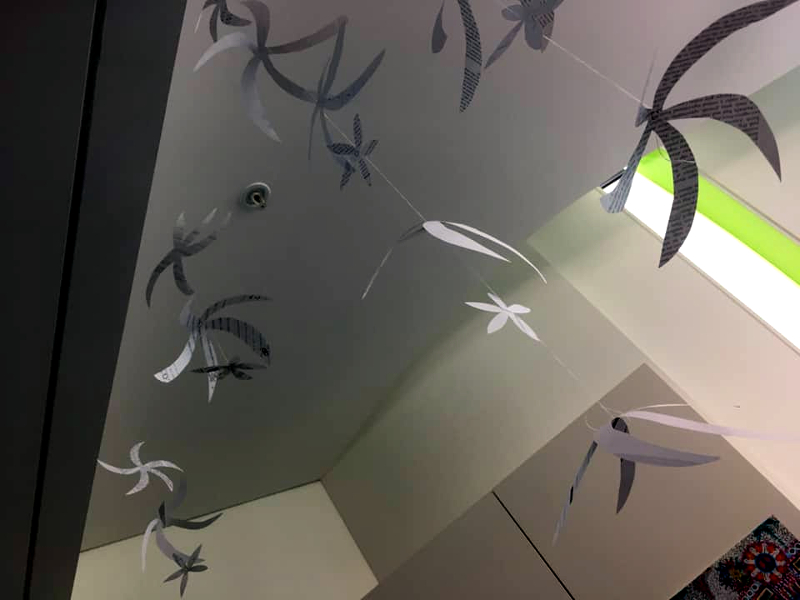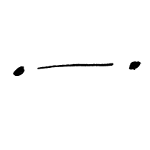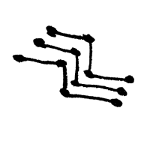
What happens when we bring these minds together?
Tyson Yunkaporta, Sand Talk, 2019. pp164-181
We are setting up a library for holding and sharing knowledge expressed through art and scientific data. Seeded by the co-creators of the ‘Seeding Treaties’ project, the library evolves as relationships deepen and expand.
LunarTime, is being built to provide an immersive interactive environment for people to move through stories and come away from that experience with a more expanded, intimate and immediate sense of themselves as part of nature. The Lunar Time domain name was originally inspired by the question posed by UTS scientist Bill Gladstone, “What happens under Antarctic sea ice at full moon?” It may now inspire a wider view of humanity from mother moon.
The idea for the library’s interface evolved in conversation with scientist Claire Sives, as she made paper cut-out star fish I reflected on my reading of ‘Sand Talk’ by Tyson Yunkaporta (2019).

Now, guided by Yunkaporta, I am arranging images, sounds and animations according to the five ways of thinking that he describes in his book: kinship-mind, story-mind, dreaming-mind, ancestor-mind, pattern-mind.
As I build the library, I am increasingly aware that my placement of entries is based on my subjective readings of the material, and my personal relationships with the authors.
This leads me to think that the value of this work could be to inspire more people to build their own libraries – not as a collection of external ‘voices’ – but a way to recognise and honour personal relationships.
For me, the five minds inspire a library with portals through space and time, that allow me and you to follow the Whale’s cyclic journey between Antarctica and Australia, and to witness stories told by creatures, that reflect the diverse nature of their lands and waterways. My hope is that knowledge of the cyclic journey will open up possibilities for me and other people to re-imagine the world as our ancient Indigenous ancestors first conceived it, as a whole, living, interconnected entity, and to understand the Antarctic Treaty, and all treaties, as agreements people make for sustaining life well together.

in relationship with fellow creatures, things and places

stored in stories experienced on country

experienced as movement through metaphor, between abstract and tangible worlds

experience of a timeless, ‘alpha wave state’

recognition of entire systems and trends, truly holistic reasoning
I begin by reflecting on Antarctic Animations as expressions of things learned and remembered in relationship, on country, in an ‘alpha state’. After travelling to Antarctica with climate scientists (summer 2002-2003) I had conversations with many people back home in Australia. Some conversations were through moving and drawing in response to the scientific data and their stories, and finding ways to relate these to personal experience. Watching these animations now takes me back to the times and places where we danced and drew together. For example, the animation, ‘Connectivity’, combines sounds, gestures, lines and words shared in a workshop that I led with other artists who improvised on the idea that every thing in the natural world is connected:
in conversation with Kim Holten, Christine McMillan and Yoris Everaerts
A recent example is the animation, ‘Song of river, land and sea’. Here photographs by Lynden Nicholls that express her relationship with a river, are combined with a song by Claire Sives, improvised in her garden, in relationship, perhaps, to the night sky and sounds of insects.
with photographs by Lynden Nicholls
and song by Claire Sive
So it’s more than creatures that we may give voice to. There’s ocean, river, sky, stars, sun, moon… wind, rain, dust…fire… and their relationships.
Reflecting on all this makes me think how Helen Milroy’s stories for children are all about relationships, about how the spirit of relationships holds us together.
As Yunkaporta writes,
The only sustainable way to store data long-term is within relationships – deep connections between generations of people in custodial relationships to a sentient landscape, all grounded in an oral tradition… Oral traditions grounded in profound relationships represent a way of thinking that backs up your knowledge in biological peer-to-peer networks and provides a firewall against dictators who may decide to burn down your libraries.
